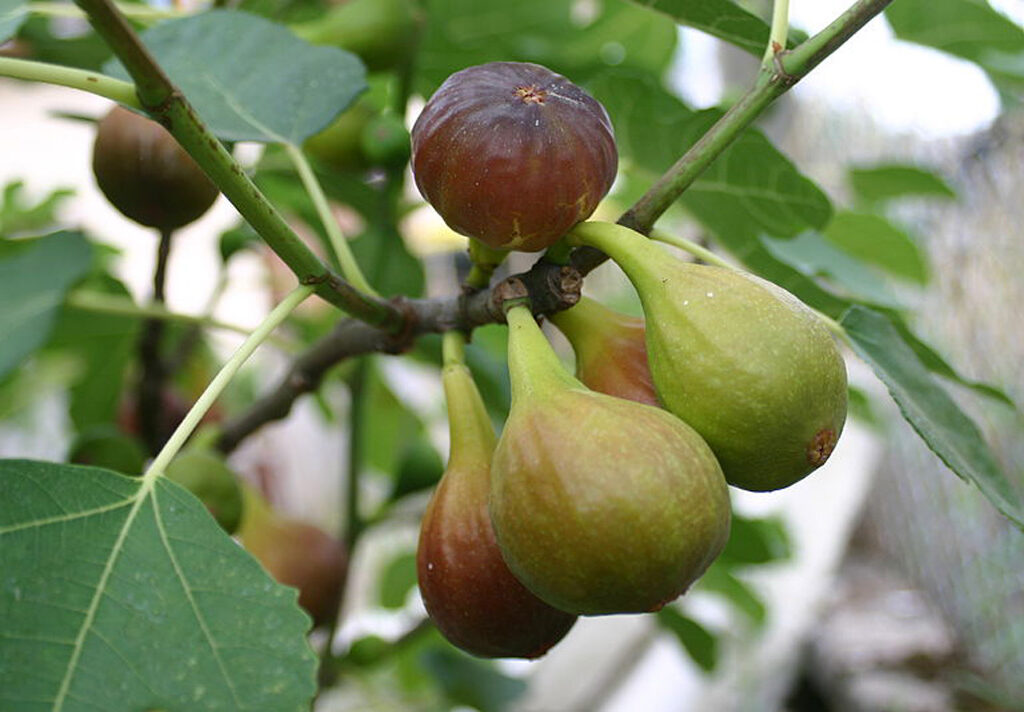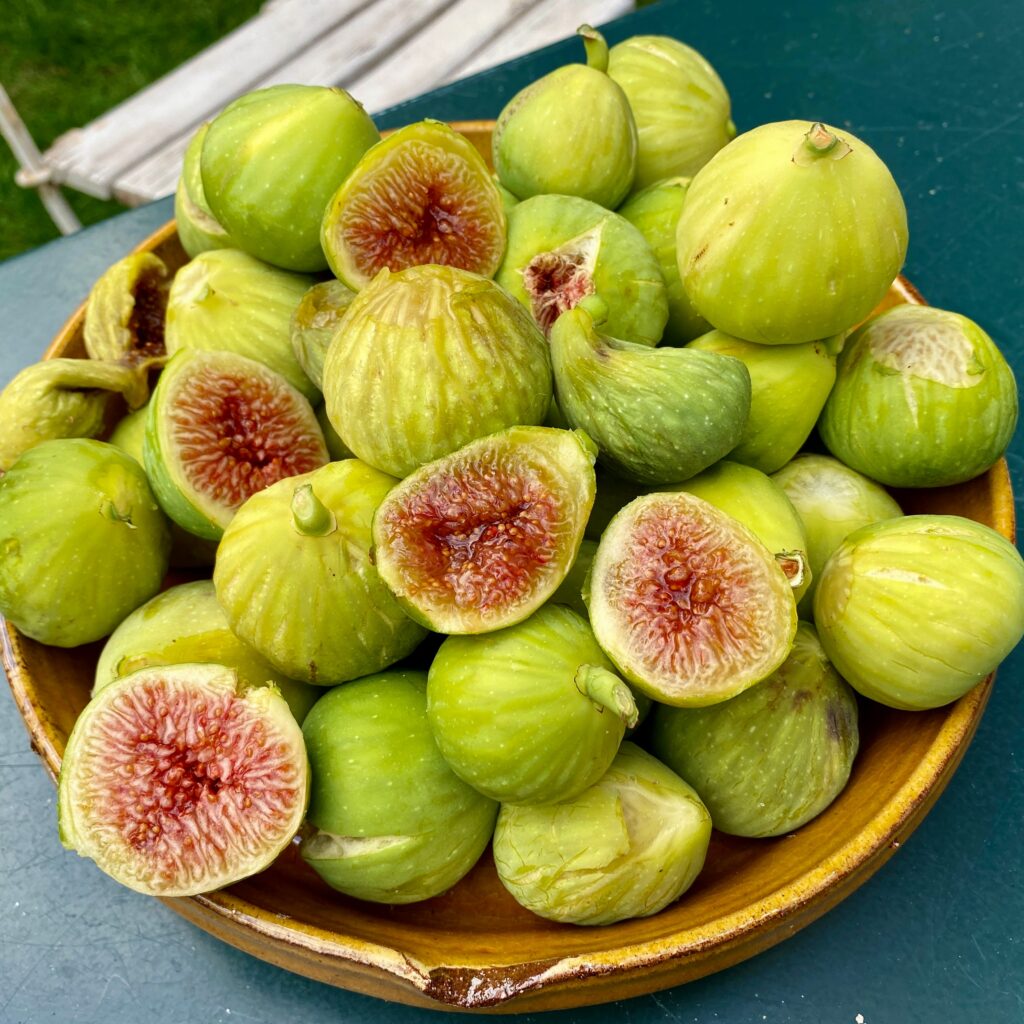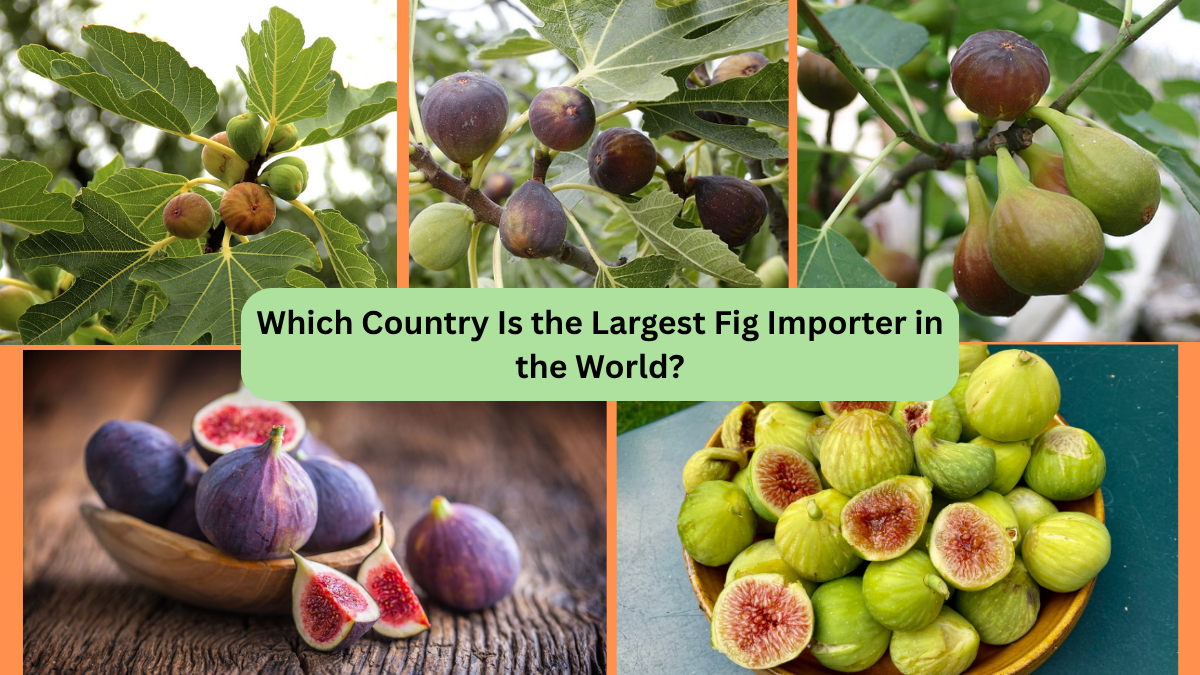Figs, known for their unique texture, naturally sweet flavor, and exceptional health benefits, are among the oldest cultivated fruits in human history. This soft, nutrient-rich fruit has been enjoyed for thousands of years and remains a popular delicacy in global markets. As interest in exotic and health-promoting foods grows worldwide, the international trade of figs — both fresh and dried — has seen a significant rise.
But which country imports the most figs in the world? In this article, we’ll uncover the largest fig importer, explore the dynamics of global fig trade, identify key exporters, and understand the factors fueling fig’s international popularity.
A Brief Introduction to Figs

Figs (Ficus carica) are a fruit native to the Middle East and Western Asia but are now cultivated widely in temperate and subtropical regions. They come in numerous varieties, with popular types including Black Mission, Kadota, Calimyrna, and Adriatic figs.
Figs can be enjoyed fresh or dried, and are prized not just for their flavor, but also for their:
- High fiber content
- Rich antioxidant properties
- Abundance of minerals like calcium, magnesium, potassium, and iron
- Natural sugars, offering a healthier alternative to refined sweeteners
Due to these qualities, figs hold a prominent place in both traditional and modern health-conscious diets worldwide.
Global Fig Market: An Overview
Figs are globally traded in two major forms:
- Fresh figs: Consumed as a delicacy in salads, desserts, and gourmet dishes.
- Dried figs: Used in confectionery, baked goods, snacks, and health food products.
According to recent market studies:
- The global fig market was valued at over USD 1.6 billion in 2023.
- Demand for dried figs continues to outpace that for fresh figs due to their longer shelf life and versatility in food products.
- The market is expected to grow steadily in the coming years, driven by rising demand in health food, organic product, and luxury food categories.
Which Country Is the Largest Fig Importer in the World?

Germany holds the title as the largest importer of figs in the world.
Why Germany Leads Fig Imports:
- Growing Health and Wellness Trends:
Germany’s health-conscious consumers increasingly seek nutrient-dense, natural foods, and figs — rich in fiber, antioxidants, and minerals — perfectly match these preferences. - Rising Demand for Natural Sweeteners:
With an ongoing move away from processed sugars, dried figs serve as a natural, energy-boosting snack and sweetening ingredient in cereals, muesli, health bars, and yogurts. - Limited Domestic Fig Production:
Germany’s cool temperate climate does not support commercial fig cultivation, necessitating large-scale imports to satisfy local demand. - Central Distribution Hub for Europe:
Many of the figs imported into Germany are re-exported to neighboring countries such as Austria, Poland, the Netherlands, and Scandinavian nations, making Germany a crucial player in the European fig trade.
Other Major Fig-Importing Countries
In addition to Germany, several other countries are significant players in the global fig import market:
- France: A traditional consumer of figs, especially dried, used in baking, gourmet products, and health snacks.
- United States: Imports large volumes of both fresh and dried figs, mainly for its Mediterranean, Middle Eastern, and health food markets.
- United Kingdom: Increasing fig consumption due to growing awareness of its nutritional benefits and expanding gourmet food markets.
- Italy: Although it produces figs domestically, imports fill seasonal and product variety gaps.
- Canada: High demand for dried figs in confectionery and wellness product markets.
Top Fig Exporting Countries

The global fig supply chain relies heavily on a few key fig-producing countries:
| Rank | Country | Export Share (%) |
|---|---|---|
| 1 | Turkey | 55-60% |
| 2 | Iran | 10-12% |
| 3 | Spain | 8-10% |
| 4 | Greece | 6-8% |
| 5 | United States (California) | 5-7% |
Turkey is the undisputed global leader in fig exports, especially in the dried figs category. Turkish figs, particularly from the Aydın region, are famous for their premium quality and rich flavor. Iran, Spain, and Greece also hold significant shares of the export market, supplying Europe, North America, and the Middle East.
How Are Figs Traded Internationally?
Fresh figs are delicate and highly perishable. They require swift, temperature-controlled airfreight transportation, making them a luxury item in many markets. Fresh fig imports peak in summer and early fall, coinciding with harvest seasons.
Dried figs, on the other hand, enjoy a longer shelf life and are shipped globally via sea or air freight, packaged in bulk or consumer-ready formats. Dried figs are favored by the retail snack industry, health food markets, and bakery sectors for their natural sweetness and rich nutrient content.
Market Trends and Trade Data

According to UN Comtrade data:
- In 2023, Germany imported over 30,000 metric tons of figs, accounting for more than 20% of global fig imports.
- France and the United States followed closely, each importing over 20,000 metric tons.
- The dried fig market alone represents over 80% of total international fig trade, thanks to its convenience and year-round availability.
- European Union countries collectively account for the majority of global fig imports, highlighting Europe’s enduring love for this ancient fruit.
Why Are Figs So Popular Globally?
Nutritional and Medicinal Benefits
Figs are loaded with dietary fiber, antioxidants, and essential minerals like calcium, magnesium, and potassium. They are known to aid digestion, regulate blood sugar, promote heart health, and support bone health.
Culinary Versatility
Figs pair well with cheese, nuts, honey, and meats, and are widely used in jams, salads, desserts, pastries, and Mediterranean cuisine.
Health and Wellness Trends
As more consumers seek natural, minimally processed foods, figs fit perfectly as a healthy snack or natural sweetener.
Religious and Cultural Significance
Figs hold symbolic importance in various religious and cultural traditions, further boosting their marketability, especially during festive seasons.
Future Outlook for the Fig Import Market

The global fig market is poised for steady growth through 2025 and beyond, with projections indicating:
- Rising demand for health-promoting, natural food products.
- Growth in plant-based diets and vegan snack markets.
- Increased culinary use of figs in gourmet restaurants, bakeries, and food services.
- Expansion of organic dried fig imports, particularly in Europe and North America.
Germany is expected to maintain its position as the world’s largest fig importer, with other European nations and the U.S. continuing to show strong demand.
Fun Fact:
The fig is one of the world’s oldest cultivated fruits, with evidence of its domestication dating back to around 9400 BCE — even before wheat and barley!
Conclusion
To summarize:
- Germany is the largest fig importer in the world, driven by health trends, culinary demand, and its role as a central European distributor.
- Other significant importers include France, the United States, the United Kingdom, Italy, and Canada.
- Turkey dominates global fig exports, followed by Iran, Spain, Greece, and the U.S.
- The fig trade continues to thrive, fueled by health-conscious consumers, culinary diversity, and the expanding market for natural, nutrient-rich snacks.
As awareness of figs’ health benefits and culinary appeal grows, this ancient superfruit is set to remain a staple in global trade and kitchens for years to come.



